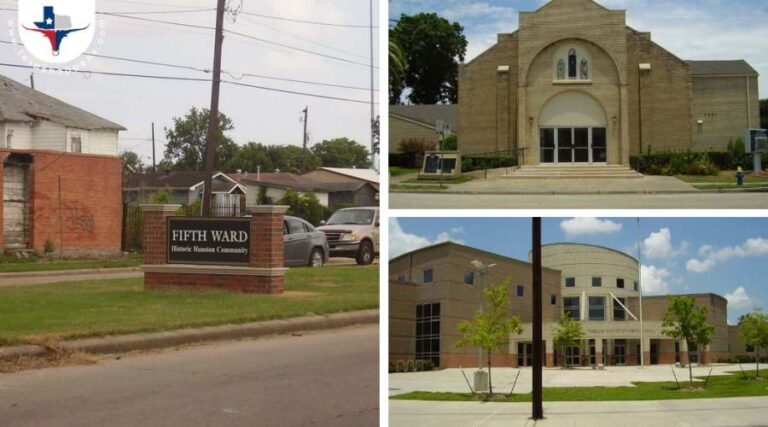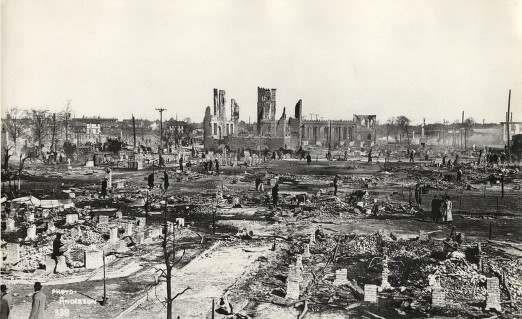The Fifth Ward, located east of Houston, is a neighborhood steeped in rich history and culture. Bounded by the serene Buffalo Bayou to the south, the lively Lockwood Drive on the east, the bustling Liberty Road to the north, and the vibrant Jensen Drive to the west, this area is known for its significant musical heritage. The Fifth Ward has been a substantial part of shaping Houston’s cultural and social evolution. As we delve into its history, from the post-Civil War era to the present day, we uncover the story of a community defined by resilience, transformation, and an unwavering spirit.
Post-Civil War
Initially, the Fifth Ward was home to a diverse mix of ethnic groups, including large numbers of Irish and Jewish residents, the latter primarily settling in the eastern parts due to fleeing pogroms in Russia and Eastern Europe. The area, while a melting pot of cultures and traditions, was prosperous. However, it was sparsely inhabited at the time.
Following the American Civil War, the Fifth Ward saw an influx of newly freed slaves, gradually transforming the demographic and social landscape. By 1866, this area was officially designated as Houston’s Fifth Ward, and it welcomed its first alderman to the City Council.
At that time, the Fifth Ward had an almost equal division between Black and White residents. By 1870, census data reflected this balance, recording 561 White and 578 Black inhabitants. Education in the area mirrored this demographic distribution, with two schools established by 1876, one serving Black students and the other White.
Strategically located near the Houston Ship Channel and railroad yards, the Fifth Ward attracted a workforce essential for its early economic development. The availability of jobs in these industries provided the recently freed men and women with opportunities to rebuild their lives with meaningful employment.
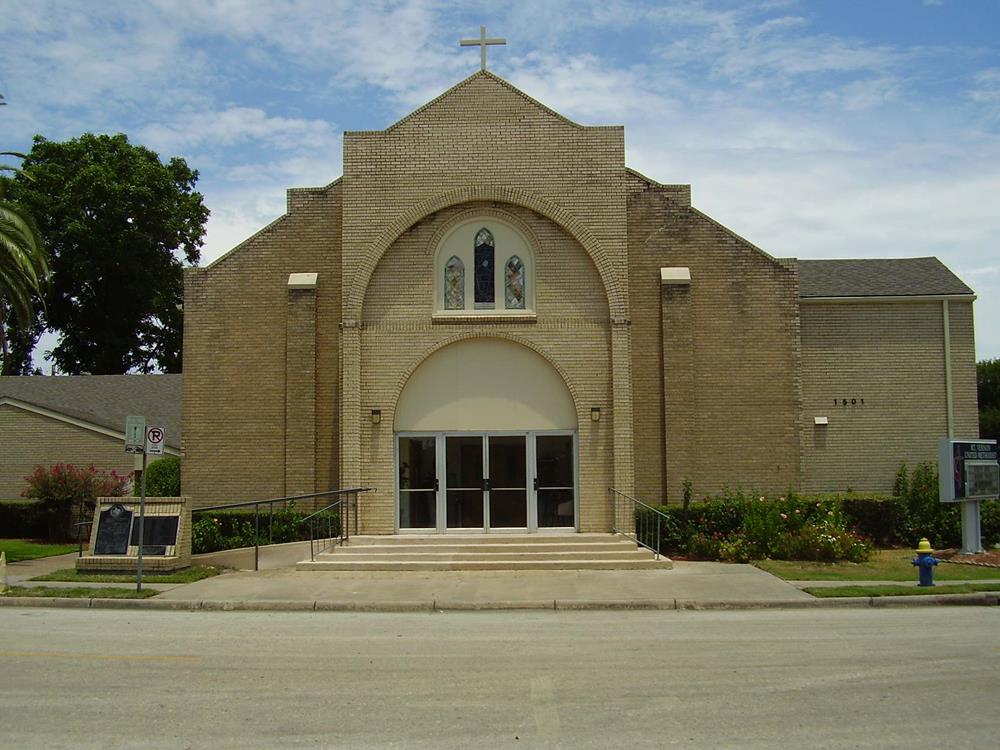
At the heart of the community was Mount Vernon United Methodist Church, established in 1865 by Rev. Toby Gregg, a formerly enslaved person. This church is revered as the oldest institution in the Fifth Ward. Complementing its historical significance, five other churches have graced the neighborhood for over a century: Pleasant Grove Baptist, Mount Pleasant Baptist, Sloan Memorial United Methodist, Payne Chapel Methodist, and First Shiloh Baptist.
In the late 1800s, the Fifth Ward community expressed dissatisfaction with inadequate municipal services, threatening to secede from Houston in 1875 and again in 1883. Complaints focused on poor fire and police services, insufficient lighting, sanitation, and drainage. The city responded by improving infrastructure, including paving Odin Avenue (now Lyons Avenue) and establishing a drawbridge at San Jacinto Street across Buffalo Bayou.
Early 20th Century
A pivotal moment in the ward’s history it occurred on February 21, 1912, with the Great Fifth Ward Fire outbreak. Fueled by strong northern winds, the fire caused extensive damage, consuming a church, school, multiple industrial plants, stores, and homes. Remarkably, there were no fatalities, but the property damage was substantial, amounting to over $3 million.
After World War I, the Fifth Ward experienced another demographic change as more African Americans settled there. Housing density increased, leading to overcrowding and the deterioration of buildings. While some Jewish residents remained as landlords, many relocated, with many moving to New York City and Long Island.
Eventually, the Fifth Ward became predominantly African American, home to working-class individuals. These residents were primarily employed in Houston’s eastside ship channel, industrial areas, or as domestics for affluent Houstonians.
The entrepreneurial spirit thrived along Lyons Avenue, the main thoroughfare of the Fifth Ward. By the 1920s, over 40 black-owned businesses had been established there, turning it into a bustling commercial street. These businesses, ranging from grocery stores to service providers, played a pivotal role in fostering the economic resilience of the African American community in the ward.
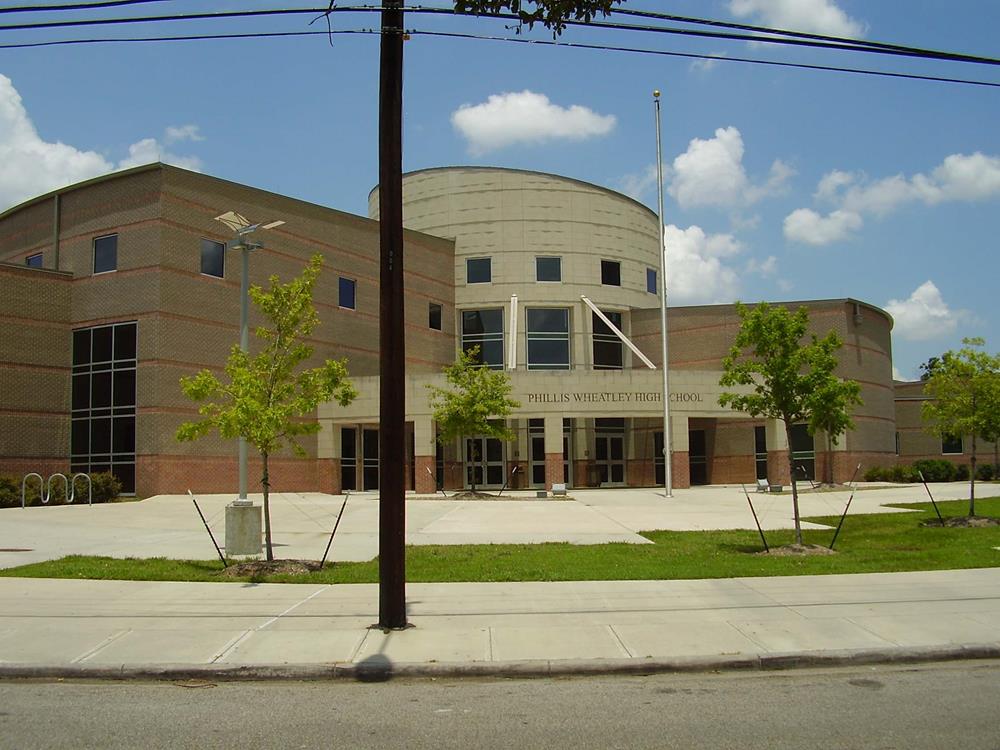
Phillis Wheatley High School, established in 1927, was a notable school in the Fifth Ward, as it was one of the earliest schools to cater to the needs of the African American population in the ward. It was a significant development in education, particularly at a time when educational opportunities for African Americans were severely limited.
Prior to desegregation, the Fifth Ward was home to African Americans of various occupations and income levels. Despite being known as the “bloody Fifth” due to certain violent incidents, the neighborhood was seen by Robb Walsh of the Houston Press as “one of the proudest black neighborhoods” in the U.S. during the 1930s. Lyons Avenue was a bustling commercial hub, with more than 40 black-owned businesses flourishing then.
Mid-20th Century
In the years after World War II, the Fifth Ward experienced a significant demographic shift as a wave of black migrants, primarily from Louisiana, East Texas, and other parts of the Deep South made their way to the community. This changed the socio-economic landscape of the Fifth Ward, as many of these new residents found themselves in menial positions, contributing to an increase in poverty levels within the community.
During this change, in 1949, the industrial giant Brown & Root began expanding into the Fifth Ward, purchasing land to establish its headquarters. This development brought new employment opportunities to its residents.
When Interstate 10 was constructed, it went through the Fifth Ward, dividing the neighborhood.
In an effort to improve living conditions, the city government, under the leadership of Mayor Louie Welch from 1964 to 1974, initiated infrastructure enhancements in the southern part of the Fifth Ward. This initiative included creating pocket parks and adding pavements, gutters, and curbing to several streets, representing a focused effort to bolster the area’s urban infrastructure.
Late 20th Century
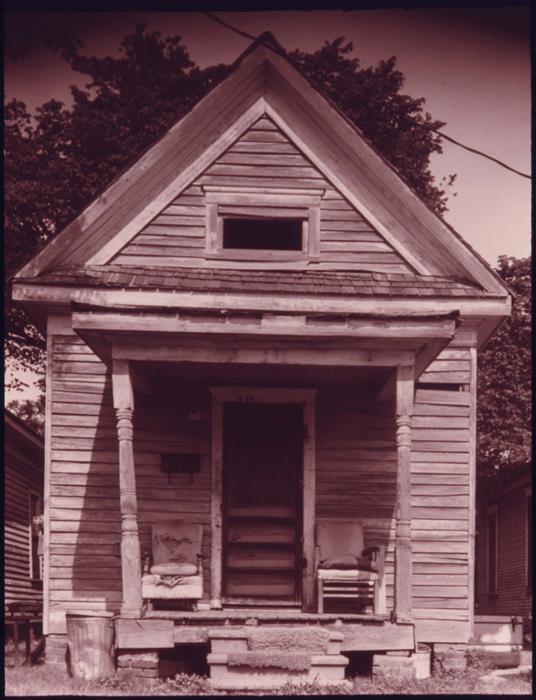
The latter half of the 20th century brought new challenges. The construction of Highway 59 in the 1960s physically divided the community and disrupted local commerce.
Also, the onset of desegregation in the 1970s led to significant demographic shifts. Many middle-class African American families moved to suburban areas, resulting in a noticeable decline in the ward’s population. During this era, houses were abandoned, businesses were vacated, and many lots were overgrown and neglected. The neighborhood’s economic struggles were evident, and it was often described as one of Houston’s poorest ghettos.
Community violence has also risen during the 1970s and 1980s, casting a shadow over the Fifth Ward’s reputation within Houston. Community activists like Ernest McMillan highlighted the stark contrast between the Fifth Ward and more affluent neighborhoods, pointing out the lack of resources and support systems available to residents. This disparity was evident in the limited access to healthcare, educational opportunities, and recreational facilities.
By the late 1970s, economic challenges were further underscored by statistics. The median income in the Fifth Ward was significantly lower than the city average, and a substantial portion of residents lived below the poverty line. Educational attainment also lagged behind city averages. The demographic composition of the ward changed as well, with a noticeable reduction in the Italian American community and a migration of African Americans to other parts of the city.
During this time, Fifth Ward had high population density, with conditions differing significantly from neighborhoods like Harlem in New York City or Roxbury in Boston. Descriptions of the time paint a picture of a neighborhood with an abundance of barbershops, pawnshops, and churches amidst a backdrop of narrow streets and small stores, placed alongside abandoned buildings and lacking basic urban amenities.
In a notable development during this era, the Moncrief-Lenoir Manufacturing Company embarked on an ambitious urban renewal project along Lyons Avenue’s western end. Despite the planned investment, the project remained unrealized by the end of the 1970s, reflecting the broader challenges of urban development in the Fifth Ward during this period.
1990s to Present
In recent decades, concerted efforts have been made to revitalize the Fifth Ward. Community leaders and organizations have worked tirelessly to address social issues, restore the neighborhood’s rich cultural heritage, and promote economic development. The establishment of the Fifth Ward Community Redevelopment Corporation in 1989 was a significant step towards these goals, focusing on new home constructions, job training, technology access, and arts promotion.
Today, the Fifth Ward continues to evolve, reflecting the dynamic nature of Houston itself. While it still faces challenges, there is a renewed focus on community resilience and sustainable development. The Fifth Ward remains a testament to the enduring spirit of its residents, with a rich cultural heritage that continues to influence Houston’s broader cultural landscape.
Conclusion
The journey through the history of Houston’s Fifth Ward reveals a story of resilience, diversity, and transformation. From its early days as a melting pot of cultures and communities to the challenges and triumphs of the 20th century, the Fifth Ward has consistently demonstrated the enduring spirit of its residents.

